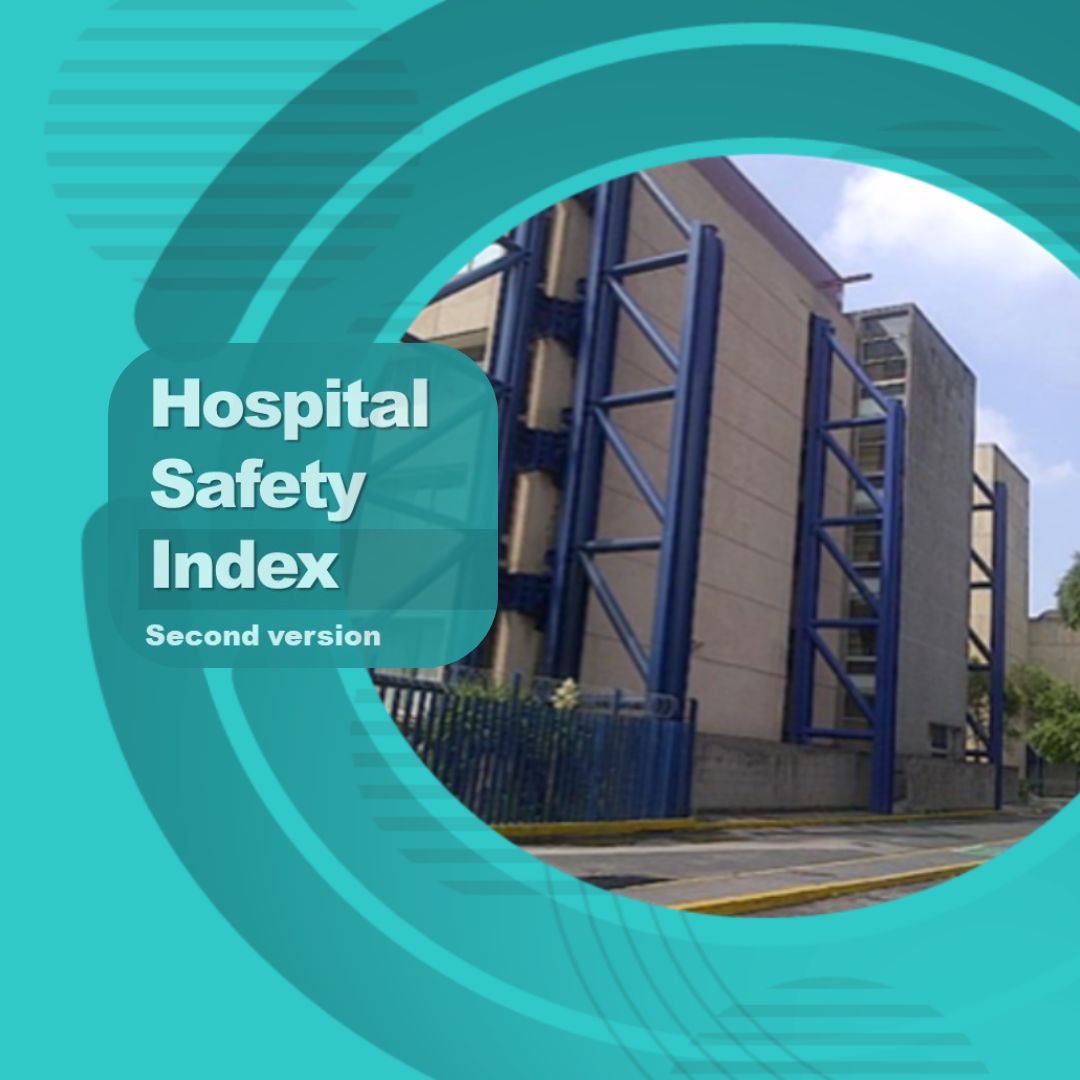
Fundamentals
At the Third United Nations World Conference on Disaster Risk Reduction, the Sendai Framework for Disaster Risk Reduction 2015-2030 was adopted as a global instrument that emphasizes disaster risk management, guiding actions toward reducing existing risks and strengthening effective functioning in the face of adversity, all with a renewed sense of urgency in the context of sustainable development. Through its seven objectives and four priorities, it promotes the resilience of the health sector, with emphasis on safe hospitals as a priority action for disaster risk reduction.
Safe Hospitals is an initiative that the World Health Organization (WHO) has promoted and supported for more than 25 years. After the Pan American Health Organization (PAHO) published the first version of the Hospital Safety Index (HSI) in 2008, this Hospital Safety Index was revised and updated in 2015 and is now applied in more than 83 countries around the world.
Increasing the level of preparedness of a health facility for response can be achieved by identifying vulnerabilities through the HSI-2; the gender approach and the inclusion of persons with disabilities in the response to multiple hazards are cross-cutting aspects that should be emphasized. In order to strengthen the capacity of facilities, and to implement in each hospital a set of tools that facilitate early recovery in the context of operational continuity, the second version of the Hospital Safety Index is at the heart of local, national and global initiatives to contribute to the resilience of the Health Sector.
Purpose
The completion of the course modules will allow the following objectives to be achieved:
- Recognize the elements of a health facility that are evaluated by the Hospital Safety Index.
- Identify the hazards that put the security of a hospital at risk.
- Apply standardized criteria to assess structural and non-structural aspects for the calculation of the hospital safety index.
- Identify the necessary elements for emergency and disaster management.
- Systematize the procedure for hospital evaluation and analysis of the results.
Target Audience
This course is aimed at professionals related to the health sector, specialties with experience in hospital activities (engineers, architects, specialists in electrical and mechanical equipment, or both); health care specialists (medical, nursing, and administrative personnel), personnel trained in integrated disaster risk management planning, specialists in planning or administration and logistics, and safety advisors, safety inspectors, among others.
Duration
The course is open access. Since it is a self-learning (self-paced) course, participants can decide the times and moments they dedicate to the course. An estimated 40 hours are required to complete the course.
Course Structure
- Module 1: Hazards that affect hospital security and the role of the hospital in emergency and disaster management
- Module 2: Structural safety
- Module 3: Non-structural safety
- Module 4: Emergency and disaster management
- Module 5: Evaluation procedures and presentation of results
Course Modality
Self-learning course, free of charge, open to the public and self-administered. The course is conducted online, on the Moodle virtual educational platform of the Virtual Campus for Public Health (VCPH/PAHO).
The modules include a variety of educational materials such as case resolution presentations and activities through a 360° image tour of a hospital.
Evaluation and certificate
A formative partial evaluation will be conducted in each module. The exams are designed to provide participants with multiple opportunities to answer correctly until the required score of at least 80% is obtained.
Participants who meet the course completion requirements will be able to take the VCPH Quality Survey and download their course completion certificate issued by the Pan American Health Organization.
